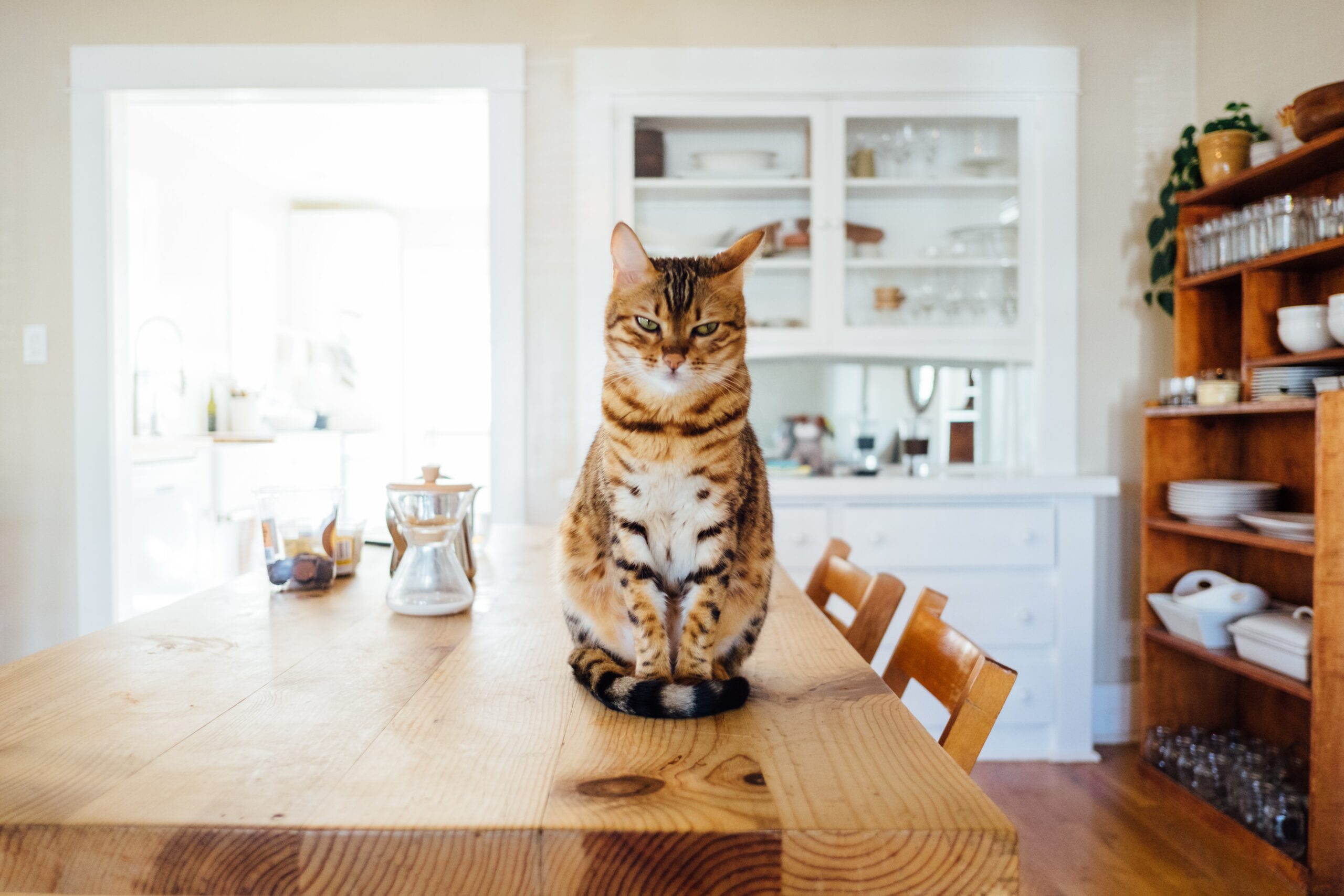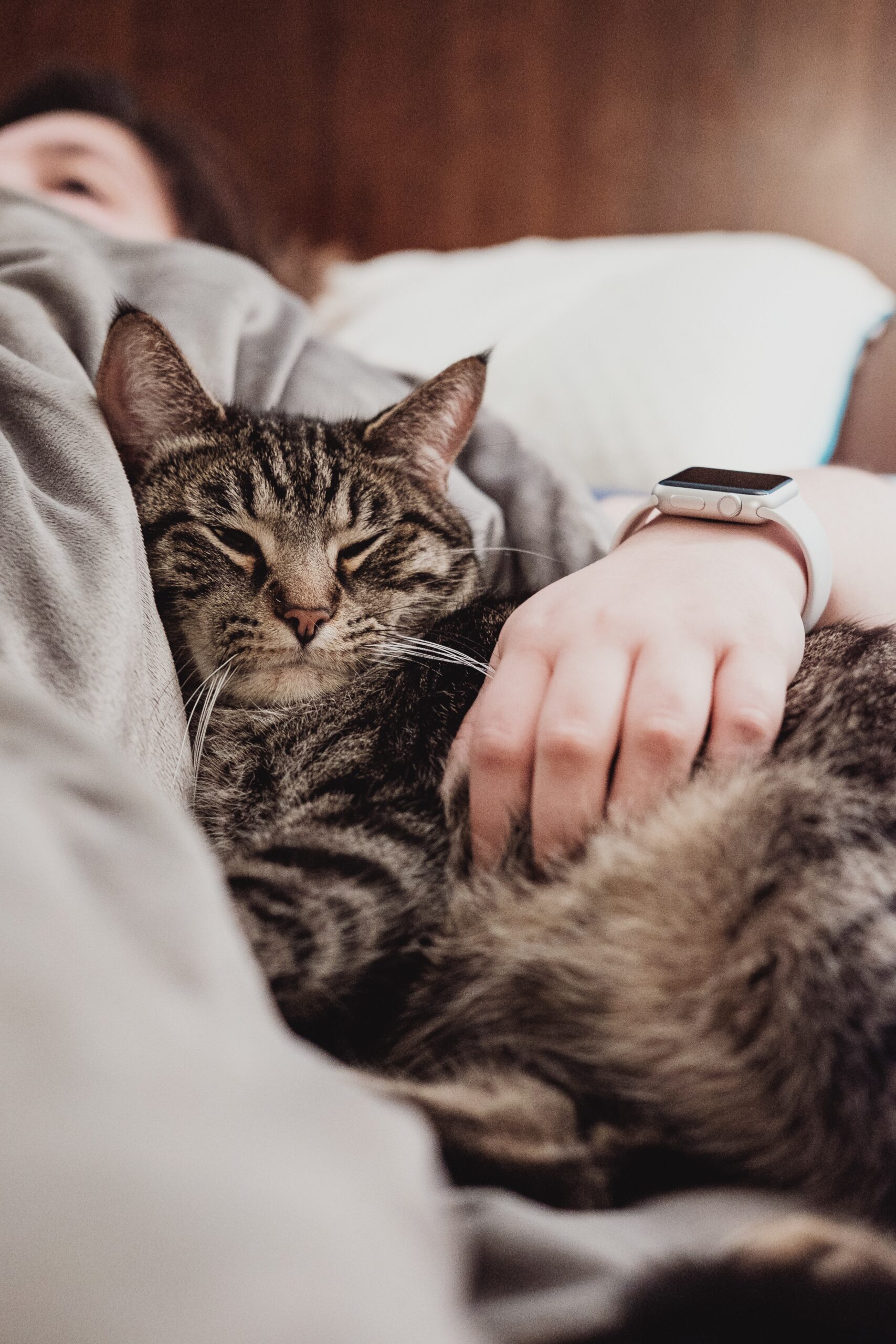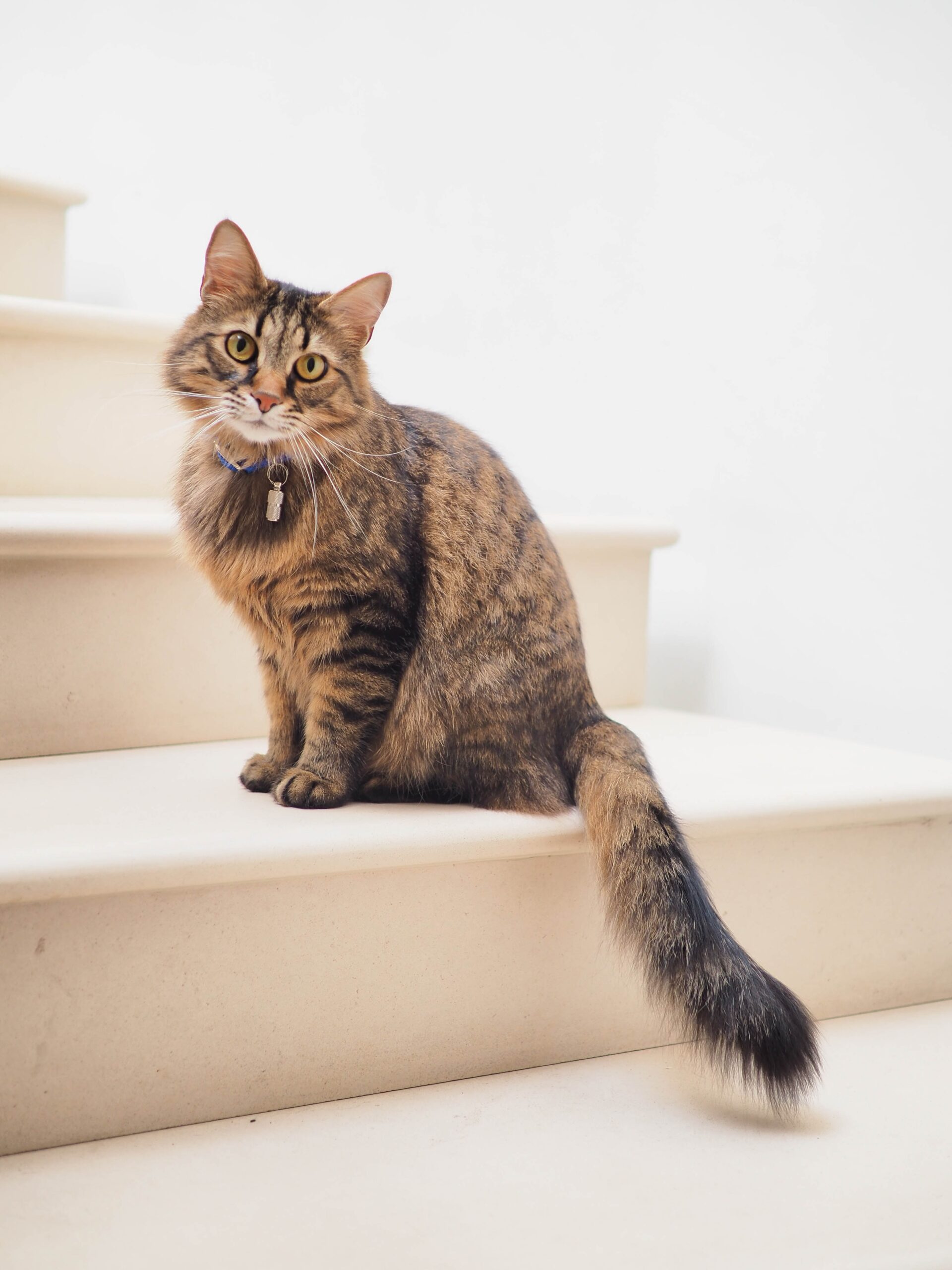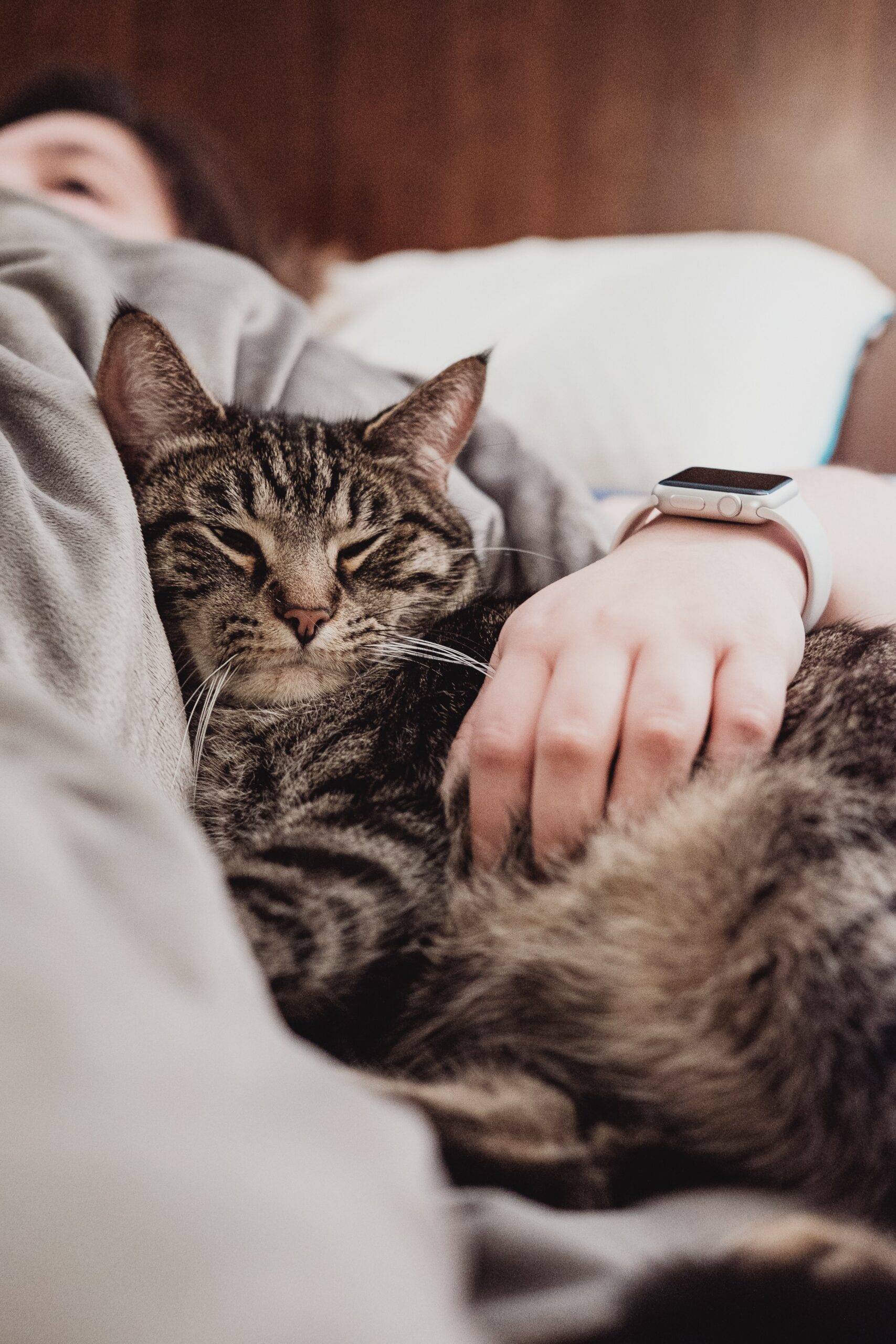How To Draw A Warrior Cat
I recently discovered a fascination for drawing and decided to try my hand at creating a fierce warrior cat. After much research and practice, I have compiled a step-by-step guide to help fellow aspiring artists bring these majestic feline warriors to life. Join me as I break down the process and share some valuable tips and tricks that will make your warrior cat drawings truly remarkable. Get ready to unleash your artistic skills and let your imagination roam free in the world of warrior cats!
Gathering Reference Material
When starting to draw a warrior cat, it’s important to gather reference material to help you with your artwork. Researching warrior cats will give you a better understanding of their appearance, characteristics, and overall vibe. Look for books, online resources, and artwork that depict warrior cats to get a sense of their unique features.
Collecting images of warrior cats can be incredibly helpful in developing your drawing skills. Look for high-quality images that showcase different angles, poses, and expressions of warrior cats. These images will serve as visual inspiration and references for your own artwork.
Studying cat anatomy is another crucial step in creating realistic and accurate drawings of warrior cats. Cats have unique body proportions and features that you’ll want to capture in your drawings. Pay attention to the shape of the head, the placement of the eyes, the structure of the body, and the arrangement of the limbs. Use books or online resources to study cat anatomy and practice sketching cat poses to improve your understanding of their anatomy.
Setting Up Your Workspace
Before you start drawing, it’s important to set up your workspace to ensure a comfortable and productive environment. Choosing the right drawing tools is essential for creating your warrior cat artwork. Consider using pencils, fine liners, or markers that will allow you to achieve the level of detail you desire. Experiment with different tools to find what works best for you.
Preparing your drawing surface is also crucial. Make sure you have a clean and smooth surface to work on, such as a sketchbook or a drawing pad. If you prefer working digitally, set up your drawing software and ensure your tablet or computer is ready for use. Having an organized and clutter-free workspace will help you focus on your artwork and unleash your creativity.

Creating Basic Shapes
To start drawing a warrior cat, it’s helpful to break down the overall shape into basic forms. Begin by drawing a circle for the head. This circle will serve as the foundation for the cat’s face and features.
Next, sketch proportional body shapes around the head circle. Consider the type of warrior cat you want to draw and adjust the body shape accordingly. For example, a lean and agile warrior cat might have an elongated and slender body, while a strong and powerful warrior cat might have a more muscular and sturdy body.
Once you have the basic body shape in place, add the tail to your drawing. The tail can be long or short, thin or fluffy, depending on the type of warrior cat you are portraying. Experiment with different tail positions and shapes to find the one that best suits your character.
Adding Facial Features
The facial features of a warrior cat play a vital role in capturing its unique personality and expression. To create the eyes, outline the shape of almond-shaped eyes on either side of the head. Consider the placement and angle of the eyes to convey the desired emotion or intensity.
Next, draw the nose and mouth. Keep in mind that cats have a small triangular nose and a thin mouth. Pay attention to the positioning of the nose and mouth in relation to the eyes to maintain accurate proportions.
Adding the ears is the next step in bringing your warrior cat to life. Draw two triangular-shaped ears on top of the head, positioning them appropriately in relation to the eyes and the head shape. Ears can be depicted as alert and pointed or relaxed and folded.

Refining the Body
After creating the basic shapes and adding facial features, it’s time to refine the body of your warrior cat. Start by defining the neck and shoulders, using curved lines to create a sense of structure and movement.
Next, draw the legs and paws. Warrior cats are known for their agility and grace, so pay attention to the proportions and positioning of the limbs. The legs should be in proportion to the body and the paws should be anatomically correct, with the appropriate number of toes.
To add more realism to your warrior cat, incorporate fur details. Use short and quick strokes to indicate the direction and texture of the fur. Experiment with different stroke lengths and densities to create a lifelike appearance.
Adding Tail and Whiskers
The tail is an important feature of a warrior cat, and it’s time to give it the attention it deserves. Sketch the tail according to your initial design, whether it’s long, short, thick, or thin. Pay attention to the flow and rhythm of the tail, ensuring it complements the overall pose and body shape.
Next, draw the whiskers and eyebrows to add character and expression to your warrior cat. Whiskers can be depicted as thin lines extending from the sides of the nose, while eyebrows can be small curved lines above the eyes. Experiment with the length and angle of the whiskers and the shape of the eyebrows to convey different moods.

Adding Details to the Face
To enhance the realism and personality of your warrior cat, it’s important to add details to the face. Start by adding details to the eyes. Draw the pupils, iris, and reflection to bring life to the eyes. Pay attention to the light source and adjust the shading and highlights accordingly.
Next, define the nose and mouth with more refined lines and shading. Consider the subtle curves and shadows that give depth and dimension to these features. Take your time in perfecting the details, as they can greatly impact the overall appearance of your warrior cat.
Adding facial fur can further enhance the realism of your artwork. Use short and quick strokes to indicate the texture and direction of the fur around the face. Pay attention to the areas around the cheeks, chin, and forehead where the fur is more prominent.
Incorporating Patterns and Colors
To make your warrior cat truly unique, consider incorporating patterns and colors into your artwork. Start by drawing the pattern on the body, such as stripes, spots, or patches. Pay attention to the flow and distribution of the pattern, ensuring it complements the body shape and the overall design.
Choose the fur color for your warrior cat. Research different cat breeds and their color variations to inspire your choice. Consider the personality and characteristics of your warrior cat when selecting the fur color, as it can greatly contribute to their overall appearance and story.
Once you’ve chosen the fur color, add markings and stripes as desired. These markings can be on the face, body, or tail, adding depth and complexity to your warrior cat’s appearance. Experiment with different marking styles, thicknesses, and colors to find the right combination for your character.
Shading and Highlighting
Shading and highlighting are essential techniques that bring depth and dimension to your warrior cat artwork. Determine the light source in your drawing and imagine where the light would hit the various surfaces of the cat’s body.
Use shading to create areas of darkness and shadow. Gradually build up the shading by layering pencil strokes or digital brushes to achieve a desired level of depth. Pay attention to the areas where the body curves or the fur overlaps, as these areas will likely have more shadow.
Apply highlights to the areas where the light hits the warrior cat. Use an eraser or a white pencil to create these highlights, adding a sense of brightness and reflection. Be mindful of the light source as you add highlights to maintain consistency and realism.
Final Touches
Before considering your drawing complete, there are a few final touches you can make to enhance your warrior cat artwork. Clean up the drawing by erasing any stray lines or smudges that may detract from the overall appearance.
Refine the details of your drawing by adding finer lines or additional shading where necessary. Take a step back and assess your artwork, making any adjustments or additions to achieve the desired result.
Finally, sign and date your artwork to claim ownership and commemorate the creation of your warrior cat drawing. Adding your personal touch to the artwork gives it a sense of completion and establishes it as a unique piece of your artistic expression.
Remember, drawing a warrior cat is a process that requires practice and patience. Embrace the journey and have fun exploring different techniques and styles to create your own unique interpretations of these fierce and beloved creatures. Happy drawing!

